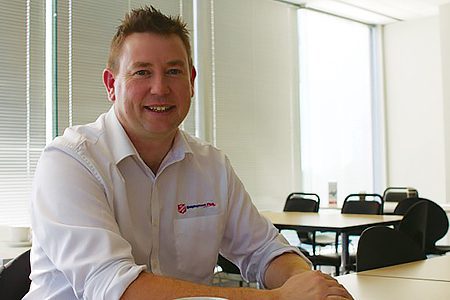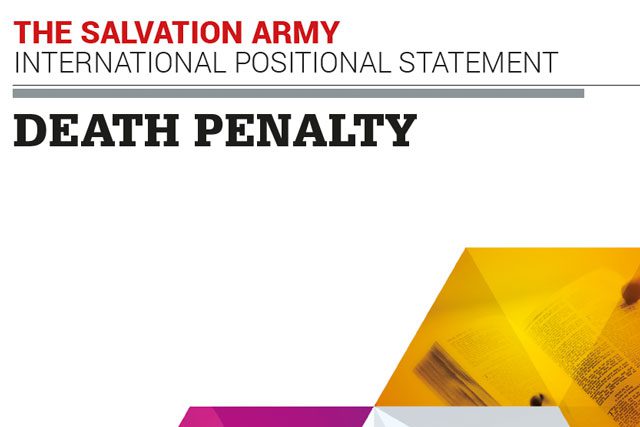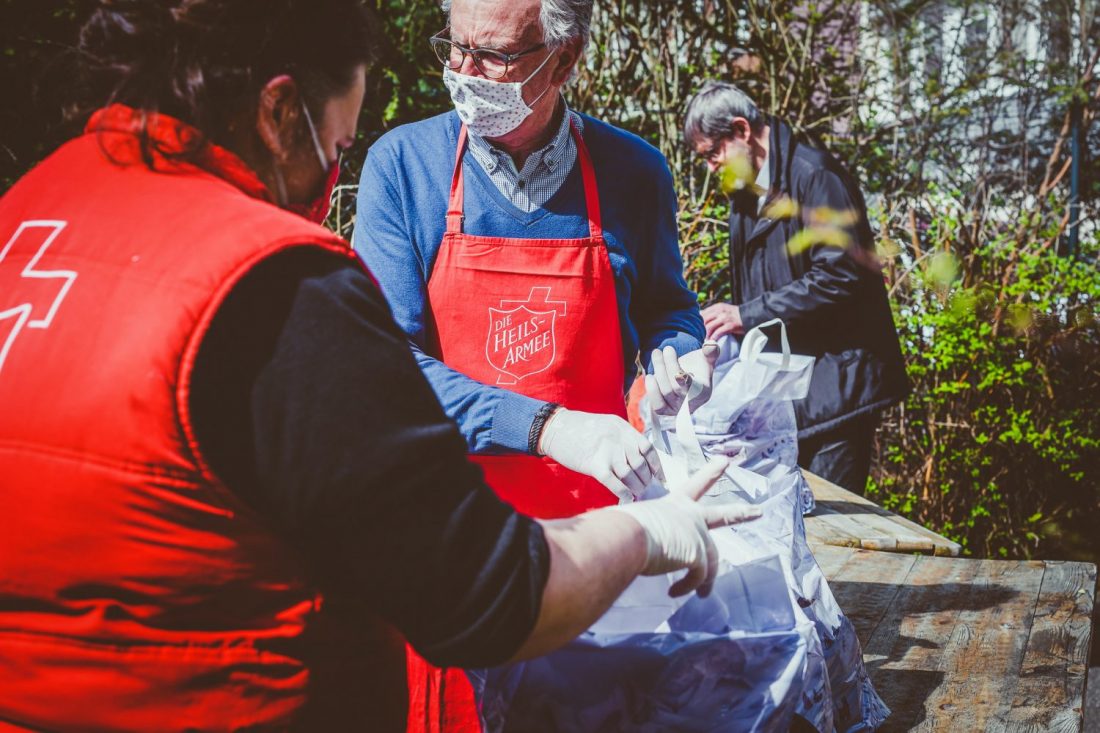Employment Plus helps over 40,000 Australian job seekers find work each year.
By Heather McIlvaine –

Tania Boon wanted a new job. The 43-year-old mother of five had been working part-time at a pizzeria to supplement her welfare support from the Australian government, but she needed something more stable.
“When I realized I had to start looking for work, I was really worried that I wouldn’t get a job because of my past. I’ve been in a bit of trouble,” Boon said. And if she did find work, she worried about who would look after her children when they fell ill, and whether her unreliable car would manage the commute. “I was stressing all the time,” she said.
Boon’s outlook began to change last year, when she first approached the Employment Plus office in Tecoma, a suburb of Melbourne, Australia. There she met regularly with an employment consultant, took courses in resume writing with other job seekers, and trained for interviews.
The structured job-readiness training helped to calm her fears, as did the supportive environment. “If I was having a down moment in a meeting, they were always positive with me,” Boon said.
In May 2015, Boon landed a job at Domestic Goddess, a home cleaning service in her area. “I have better self-esteem now,” she said. “I can think about the future a bit more brightly.”
Employment Plus is one of the largest government-funded employment services providers in Australia. Established by The Salvation Army in 1998, it handles a caseload of approximately 42,000 job seekers per year in over 100 locations around the country.

“Our mission is simple,” said Greg Moult, managing director of Employment Plus. “It’s to assist as many people as we possibly can into employment.”
The process begins at Centrelink, the government program that delivers welfare payments and services to the unemployed. Here job seekers undergo an initial assessment of their barriers to employment. For example, people who have low literacy, mental health issues, or drug addiction may face additional challenges in finding work.
Job seekers are referred to one of the employment services providers operating in their area. If they are sent to Employment Plus, they talk to an employment consultant about their work history and future interests and complete a pre-employment survey about their motivations to work.
With this information, the employment consultant and job seeker develop an individual job plan, mapping out relevant training courses for the desired role, as well as approaches to searching for work and upcoming appointments. Even after clients find a job, Employment Plus maintains contact for up to six months and offers continued support.
“Individualizing our services is an important part of our approach,” said Steve Gosbell, Employment Plus spokesman.
But even taking a tailored approach, the reality of helping an unemployed person return to work can be complex. Depending on their barriers to employment, between 24 and 55 percent of job seekers will still be working three months after participating in employment services, according to a report by the Australian government’s Department of Employment.
Some job seekers, particularly the long-term unemployed, face structural disadvantages that make it difficult to find and retain work. Research shows that areas with high unemployment also encounter higher rates of homelessness, drug use, disability, incarceration and poor education outcomes.
Often, this is where the staff psychologists at Employment Plus step in. Since Liam Farrelly, national psychological services clinic manager at Employment Plus, established the service in 2012, his team of 15 psychologists has treated around 7,000 clients.
“We’re the only provider in the country that offers therapeutic intervention to our job seekers,” Farrelly said. “We help people with whatever issues they have.”
Most of his clients suffer from depression and anxiety, and he estimates that one-third also struggle with addiction.
According to Farrelly’s own data, job seekers who receive psychological support can return to work twice as quickly as those who do not.
These are the type of results that the Australian government envisioned when it first privatized employment services nearly 20 years ago. “There was a broad push toward deregulation and privatization at the time,” said Dr. Michael Dockery, principal research fellow at Bankwest Curtin Economics Centre. “The view was that markets could do things better than governments.”
To this end, the Australian government awards contracts to a range of for-profit and not-for-profit organizations. Like Employment Plus, they each accept a share of the country’s job seekers, offer job training and education, and liaise with employers in exchange for certain fees. Providers are also compensated when job seekers retain employment in a given number of weeks. Extra funding is attached to job seekers who face additional barriers to employment.
On July 1, a new, five-year government contract took effect. Under “jobactive,” as employment services now are called, a greater proportion of fees—nearly 50 percent—is based on job outcomes. Some critics fear the redistribution of fees will push providers to cut pre-employment services, but Employment Plus views the change with calmness.
“It’s an inducement for us to really understand and treat each job seeker’s challenges uniquely—streaming them into the right training or mentoring, for example, that’s going to give them the skills and confidence to succeed in the workplace,” Moult said.
Going forward, it’s not only a question of service delivery but also of scale. Employment Plus has increased its annual caseload by approximately 10,000 job seekers under the new contract, and added new regions, such as Darwin and Alice Springs, to its coverage area.
This growth reflects Employment Plus’ standing in the industry, but it also means a great deal of work. jobactive has reduced the total number of employment service areas by half, so providers now operate in much larger regions. This provides greater economies of scale and promotes efficiency, according to the Department of Employment.
“We’ve also identified ways that we can be more effective,” Moult said. “There’s a lot of work going on to improve IT systems and facilities. And we’re developing new partnerships with other organizations with specific expertise—like allied health.”
Partnerships have long played a critical role in helping Employment Plus deliver services to job seekers across Australia. Most recently, the organization collaborated with McDonald’s to establish Going 4 Gold, a program geared toward youth facing barriers to employment.
Over six months, participants worked 30 hours per week at a McDonald’s restaurant and received additional mentoring and support from Salvos Youth Foundation coaches. The initial pilot program was so successful that Employment Plus and McDonald’s plan to roll it out across restaurants in New South Wales, Queensland, and Australian Capital Territory this year, with other states to follow.
At the same time, Employment Plus has cultivated relationships with community-minded small business owners, such as Stacey Barrass, who owns Domestic Goddess, the home cleaning service where Tania Boon works.
“Someone like Tania might not have a great number of mainstream job opportunities, but Employment Plus can see what her talents are,” Barrass said. “And they know what I’m looking for in an applicant.”
Boon’s determination to make a change in her life is what first convinced Barrass to offer her a job. Now she is determined to keep it: “My life is slowly changing for the better.”












